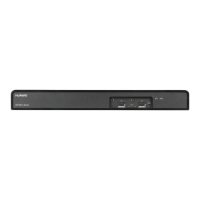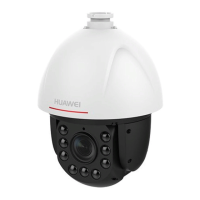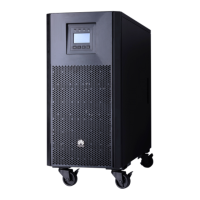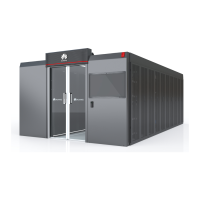S Series Switches
iStack Technology White Paper
Huawei Proprietary and Confidential
Copyright © Huawei Technologies Co., Ltd.
Figure 2-15 Packet exchange during a stack split
SwitchA
(Slave)
SwitchB
(Standby)
SwitchC
(Master)
SwitchD
(Standby)
SwitchE
(Slave)
Detects that the standby
switch is lost and specifies
a new standby switch
Detects that the master switch
is lost and becomes the new
master switch and specifies
the new standby switch
2.9 Address Conflict Detection After a Stack Split
All the member switches in a stack use the same IP address and MAC address. A stack split
during network operation can result in multiple stacks using the same IP address and MAC
address. In this case, IP address and MAC address conflict occurs. Therefore, after a stack
splits, IP address and MAC address conflict detection must be performed.
Multi-active detection (MAD) is a protocol that can detect stack split and multiple-master
situations and take recovery actions to minimize impact of a stack split on services.
2.9.1 MAD Modes
MAD can be implemented in direct or relay mode. The direct and relay modes cannot be
configured simultaneously in a stack.
Direct Mode
In direct mode, MAD is performed through dedicated direct links between member switches
and an intermediate device or between fully meshed member switches. In this mode, member
switches do not send MAD packets when the stack is running properly. When the stack splits,
member switches send MAD packets at an interval of 1s over MAD links.
After configuring MAD in direct mode on an interface, do not configure other services on the
interface.
To ensure reliability, configure a maximum of eight direct MAD links on a single member switch.
MAD packets are BPDUs. If MAD is performed through dedicated direct links between member
switches and an intermediate device, configure interface-based Layer 2 protocol transparent
transmission on the intermediate device.
As shown in Figure 2-16, when MAD is performed through dedicated direct links between
member switches and an intermediate device, each member switch in the stack has at least
one link connected to the intermediate device to improve network reliability. In this topology,
at least N dedicated direct links are required for MAD (N is the number of member switches).
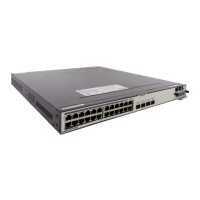
